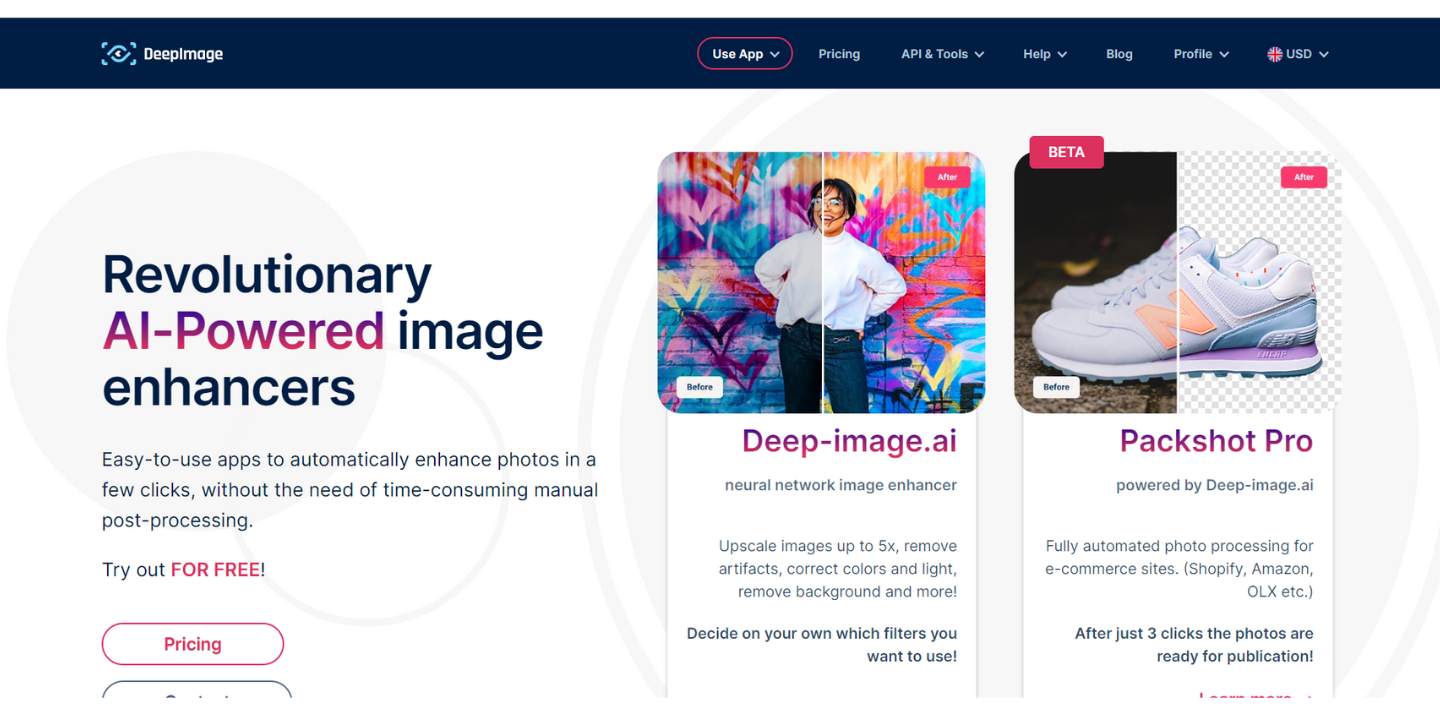Secrets of Product Image Optimization - 5 Best Tricks To Increase Sales

In today's digital age, where time is of the essence and user expectations are higher than ever, the speed and performance of your e-commerce website can significantly impact your success.
In a case study by Walmart, it was revealed that a mere 1-second improvement in page load time resulted in a substantial 2% increase in conversions. Surprisingly, one of the key players in this performance enhancement is often overlooked: image optimization.
The Crucial Role of Image Optimization
Images play a pivotal role in the world of e-commerce. They allow users to visually assess a product, enabling them to make informed decisions about their purchases.
Optimizing these images is a critical step in enhancing the overall quality of your website, improving the user experience, driving sales, and increasing engagement. In this article, we will delve into the five best image optimization tricks to ensure your e-commerce platform is primed for success.
Before diving into the optimization techniques, it's essential to understand what constitutes an excellent image for your e-commerce website. A high-quality e-commerce image possesses several key characteristics that can captivate and retain customers.

A Perfect Image for Your E-Commerce Site
High Quality: First and foremost, your images must be of the highest quality. They should be clear, sharp, and visually appealing, allowing users to explore every intricate detail of your products. High-resolution images with the ability to zoom in on product details instill trust between your website and potential customers.
- Accurate Representation
Images must accurately reflect the product's features, color, size, and shape. Avoid misleading customers with inaccurate representations, and consider using a blurred background to make your products stand out. - Multiple Perspectives
Provide multiple-angle images to allow customers to view the product comprehensively from various angles. Informed customers are more likely to make rational purchasing decisions. - Consistency
Maintain consistency in style, color schemes, lighting, and tone across all your images. A consistent visual aesthetic creates a lasting impression and resonates with users who share similar tastes. - Uniqueness
Ensure that all images on your website are unique. Originality enhances your online presence, making your website stand out in a crowded digital landscape. It piques curiosity, encourages longer site visits, and builds brand credibility. - Optimized for the Web
Lastly, optimizing images for the web is crucial. A study by Amazon revealed that even a 100ms delay in page load time resulted in a 1% decrease in sales. Faster loading times lead to better user experiences, increased engagement, and higher chances of conversion.

The 5 Best Image Optimization Tricks
Now that we've clarified the characteristics of a stellar e-commerce image let's explore the five best image optimization tricks to elevate your website's performance and user experience:
- Ensure the Right Image Format
Choosing the appropriate image format can significantly reduce image size and enhance loading times. Opt for JPG for images with multiple colors, PNG for transparent backgrounds, and WebP for the best compression-to-quality ratio. - Images for Efficiency
Compressing images is essential to shorten loading times. Strive for a balance between file size and image quality to ensure a seamless user experience. - Maintain Proper Picture Quality
Prevent over-compression and ensure images are saved at the correct resolution. Verify image quality before and after uploading to ensure it meets expectations. - Optimize Alt Text for Accessibility
Include descriptive alt text for each image to cater to visually impaired users and improve overall accessibility. Alt text provides a clear understanding of the image's content. - Use Descriptive File Names for SEO
Leverage relevant keywords in your product image file names to boost search engine visibility. This not only enhances product rankings but also elevates your website's SEO performance.

Enhancing Image Quality with Deep-image.ai
In the pursuit of perfecting your e-commerce website's image quality, there's a remarkable tool that can take your visuals to the next level - Deep-image.ai.
This cutting-edge application harnesses the power of artificial intelligence algorithms to not only increase image resolution without any loss in quality but also align with the essential characteristics of high-quality e-commerce images.
With Deep-image.ai, you can save your pictures in different styles so they fit well on various websites. It also makes your product pictures look really detailed and shows all the small things clearly. Plus, you can make your pictures brighter or darker and adjust the contrast, so they all look similar.
Using Deep-image.ai means you don't have to be a pro to make your pictures awesome. It helps you make your e-commerce website look fantastic, attracting more people to buy from your site.

Conclusion
The power of image optimization in the e-commerce world cannot be overstated. By following these five image optimization tricks, you can not only enhance your website's performance and user experience but also increase your chances of converting visitors into loyal customers.
In a competitive digital landscape, every second counts, and every image matters. So, take the time to optimize your images, and watch your e-commerce success soar.

